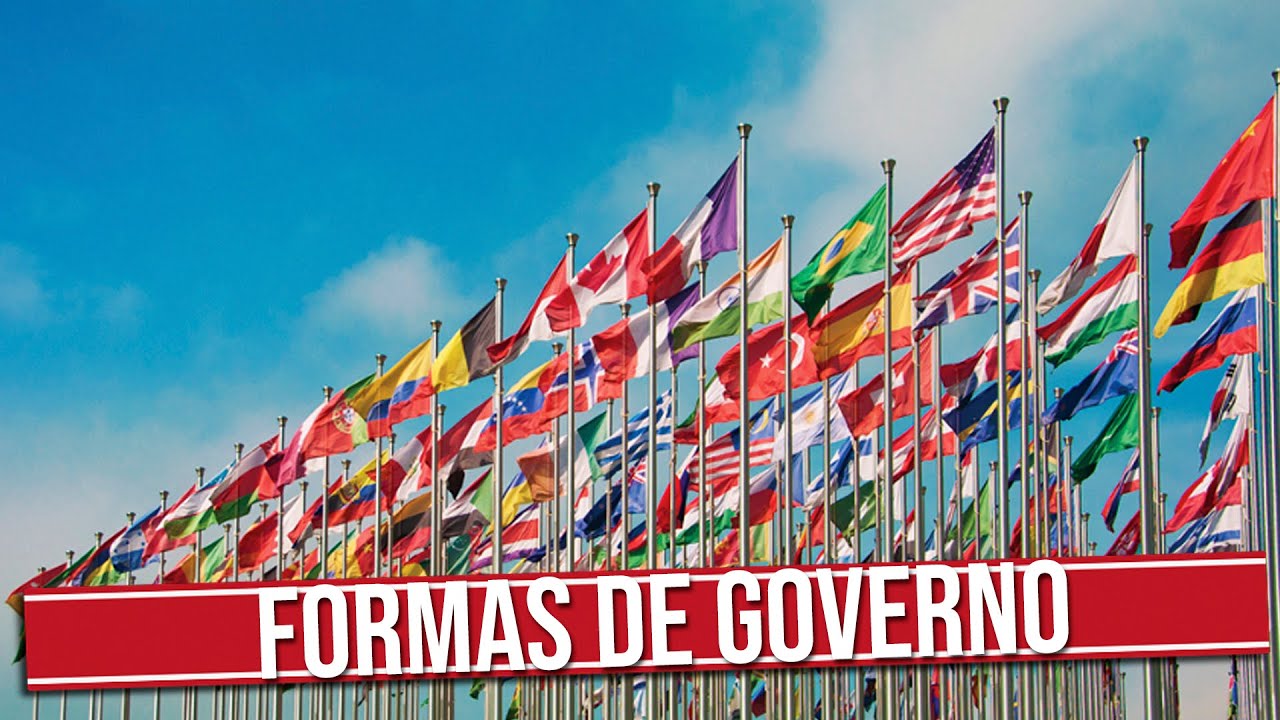Bentuk Negara, Bentuk Pemerintahan, dan Sistem Pemerintahan
Summary
TLDRThis video script explores the fundamental differences between presidential and parliamentary systems of government. It highlights the roles of the head of state and head of government, with a focus on how power is distributed and exercised in each system. The script uses the United Kingdom as an example, emphasizing the symbolic role of the monarch and the political authority of the prime minister. Key features of parliamentary systems are outlined, including party dynamics, the formation of coalitions, and the importance of executive-legislative accountability, providing a clear comparison with presidential systems.
Takeaways
- 😀 The presidential system features a clear separation between the executive (president) and legislative branches.
- 😀 In a presidential system, the president is the head of both state and government, with a direct mandate from the people.
- 😀 A parliamentary system places the prime minister as the head of government, with the head of state being a symbolic figure (e.g., monarch or president).
- 😀 In a parliamentary system, the executive is accountable to the legislature (parliament).
- 😀 The political structure of a parliamentary system often includes two types of parties: the governing party and the opposition party.
- 😀 In a multi-party system, coalition governments are common, and the cabinet must maintain the confidence of the parliament.
- 😀 The head of state in a parliamentary system plays a role in resolving conflicts between the cabinet and parliament.
- 😀 The balance of power between the head of state and the head of government varies significantly between presidential and parliamentary systems.
- 😀 The script encourages students to critically analyze and understand the differences between presidential and parliamentary systems.
- 😀 Students are advised to consult with teachers or peers for clarification if the concepts are not fully understood.
Q & A
What is the key difference between a presidential system and a parliamentary system of government?
-In a presidential system, the president is both the head of state and the head of government, while in a parliamentary system, the head of state is separate from the head of government, which is the prime minister.
How does the role of the head of state differ in a parliamentary system compared to a presidential system?
-In a parliamentary system, the head of state (such as a monarch or president) is primarily a symbolic figure, while the head of government is the prime minister, who is responsible for running the government.
Why is the president in a parliamentary system often seen as a symbolic figure?
-In a parliamentary system, the president or monarch's role is largely ceremonial, with real power and decision-making authority resting with the prime minister and the executive branch.
What is the relationship between the executive and the legislature in a parliamentary system?
-In a parliamentary system, the executive (the prime minister and cabinet) is accountable to the legislature, meaning they must maintain the confidence of the parliament to stay in power.
How does a coalition government work in a parliamentary system with multiple parties?
-In a multi-party system, a coalition government is formed when no single party has a majority. The parties that win the most seats work together to form a cabinet, which must then gain the confidence of the legislature to govern.
What is the role of opposition parties in a parliamentary system?
-In a parliamentary system, the opposition parties are those that do not win the majority in the election. They hold the government accountable by challenging its policies and decisions.
What happens when there is a dispute between the monarch and the people in a parliamentary system, like in the UK?
-In a parliamentary system, if a dispute arises between the monarch and the people, the prime minister is responsible for resolving the issue, ensuring that the government continues to function effectively.
How does a president’s role differ in a parliamentary system compared to a presidential system?
-In a parliamentary system, the president serves as the ceremonial head of state, while the prime minister leads the government. In contrast, in a presidential system, the president is both the head of state and the head of government, with greater executive power.
Why might a parliamentary system require a coalition government?
-A coalition government is necessary in a parliamentary system with multiple political parties because no single party may have enough seats to form a majority. This requires parties to cooperate and form alliances to create a stable government.
What should citizens understand about the governance structure in a country?
-Citizens should understand who holds power in their government, how decisions are made, and whether they are active participants in governance or simply observers. This understanding is key to engaging with their political system effectively.
Outlines

This section is available to paid users only. Please upgrade to access this part.
Upgrade NowMindmap

This section is available to paid users only. Please upgrade to access this part.
Upgrade NowKeywords

This section is available to paid users only. Please upgrade to access this part.
Upgrade NowHighlights

This section is available to paid users only. Please upgrade to access this part.
Upgrade NowTranscripts

This section is available to paid users only. Please upgrade to access this part.
Upgrade NowBrowse More Related Video

Tata Negara dan Pemerintahan (part 1) PPKn SMP kelas 8

QUAIS AS FORMAS DE GOVERNO E OS SISTEMAS DE GOVERNO?

O que são Sistemas de Governo? | Presidencialismo, Parlamentarismo e Semipresidencialismo

PPG 1.4 Types and Forms of Government

What are differences between a Presidential Republics and Parliamentary Democracy | Casual Historian

Political Institutions SIMPLIFIED (AP Comparative Government Unit 2)
5.0 / 5 (0 votes)